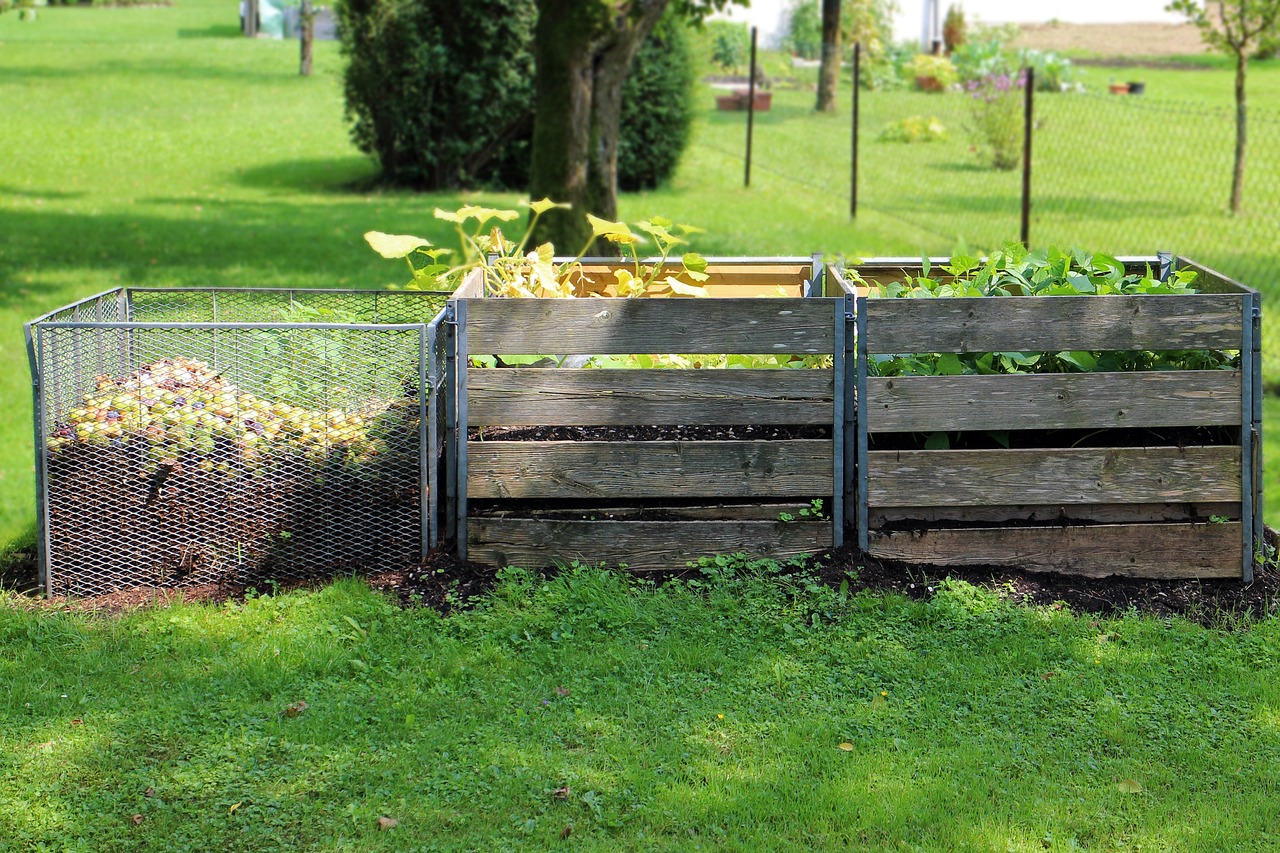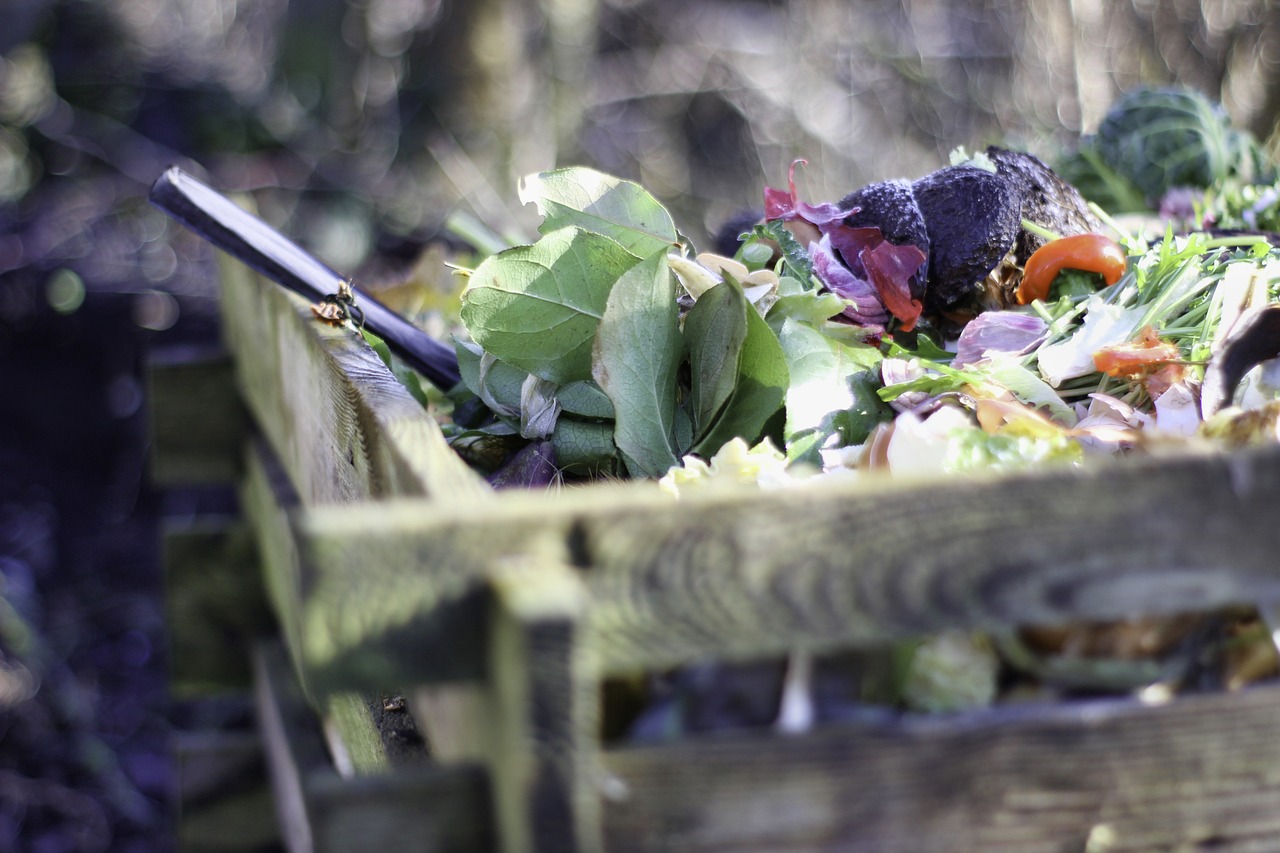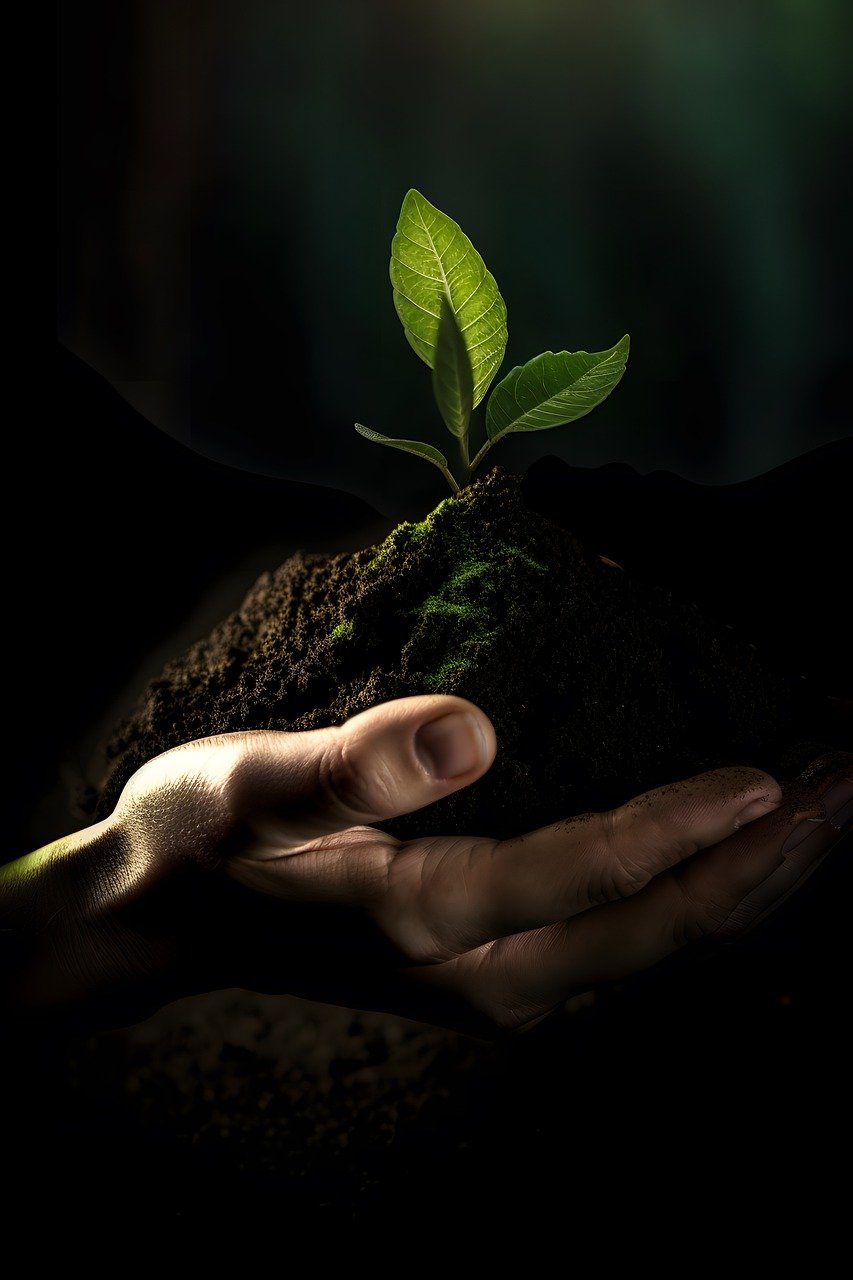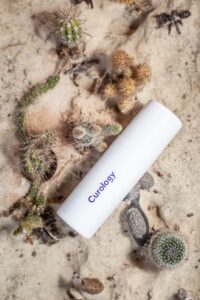Let’s dive into the world of sustainable gardening! In our latest article, “Can I Compost Fish Scraps?” we explore the ins and outs of using fish remains in our compost systems. We look at the benefits that fish scraps can bring to our garden soil, such as providing rich nutrients and accelerating the composting process. We also discuss the best practices for ensuring that our compost remains balanced and doesn’t attract unwanted pests. By the end, you’ll feel confident and ready to enrich your garden with this eco-friendly practice. Can we compost fish scraps? This question often pops up for anyone who is both an eco-conscious individual and a lover of seafood. At first glance, it might seem challenging, but the answer is a resounding yes! Composting fish scraps is not only possible but also incredibly beneficial for our compost heaps and gardens. By understanding how to compost these materials effectively, we can turn potential waste into valuable fertilizer for our plants.
In this article, we’ll dive deep into the nitty-gritty of composting fish scraps, discussing the methods, benefits, and precautions necessary to make the most of this nutrient-rich resource. Together, we’ll explore how to make our composting processes more sustainable and effective.
Why Compost Fish Scraps?
Nutrient-Rich Resource
Fish scraps are packed with nutrients that are crucial for the healthy growth of plants. These include nitrogen, phosphorus, potassium, and trace elements that aren’t always present in sufficient quantities in traditional composting materials.
Reducing Waste
Composting fish scraps is also an excellent way to reduce waste. By redirecting these from the landfill to our compost bin, we help minimize our environmental footprint and contribute to a more sustainable lifestyle.
Enhancing Soil Beneficially
Fish scraps can improve soil texture, water retention, and aeration. The microorganisms that break down fish scraps in compost can also help enrich the soil, making it healthier and more productive for growing plants.
How to Compost Fish Scraps
Materials Needed
Before we dive in, let’s gather the materials needed for composting fish scraps:
- Fish scraps (heads, tails, bones, skin)
- Brown materials (dry leaves, straw, or cardboard)
- Green materials (vegetable scraps, grass clippings)
- Composting bin (aerated for proper decomposition)
- Lime (optional, to neutralize odors)
Preparation and Layering
- Start with a foundation: Place brown materials at the bottom of your composting bin to create good airflow.
- Add green materials: Follow with a layer of green materials, which are high in nitrogen.
- Incorporate fish scraps: Add the fish scraps, ensuring they are thoroughly covered to prevent odors and pests.
- Layering: Continue to layer brown and green materials, occasionally adding fish scraps. Make sure each layer of fish scraps is well-covered with other compost materials.
- Optional Addition: Adding lime can help neutralize any strong odors from the fish scraps.
Maintain Proper Balance
It’s crucial to maintain a proper balance of brown and green materials in your compost to facilitate quicker and more efficient decomposition. Here’s a handy table to help us understand the ideal ratio:
| Material Type | Examples | Carbon-Nitrogen Ratio |
|---|---|---|
| Brown | Dry leaves, Straw, Cardboard | High Carbon (C) |
| Green | Grass clippings, Vegetable scraps | High Nitrogen (N) |
| Fish Scraps | Heads, Tails, Bones, Skin | High Nitrogen (N) |
Aeration and Moisture
Proper aeration and moisture are essential for compost decomposition:
- Aeration: Turn the compost pile regularly to ensure oxygen supply.
- Moisture: Keep the compost pile moist but not waterlogged. Think of a wrung-out sponge as the ideal moisture level.

Addressing Common Concerns
Odor Management
One of the primary concerns with composting fish scraps is managing the odor. Here are some tips:
- Cover Well: Ensure fish scraps are buried well within the compost layers.
- Add Lime: Sprinkle a bit of lime to neutralize odors.
- Choose a Proper Location: Place the compost bin away from living areas to avoid unpleasant smells.
Pest Control
Fish scraps can attract pests like raccoons or flies. To mitigate this:
- Secure Bin: Use a compost bin with a tight lid.
- Bury Deep: Bury fish scraps deep within the compost pile.
- Beneficial Additions: Adding materials like coffee grounds can help deter pests.
Safe Handling
Handling fish scraps safely is vital to prevent any health hazards:
- Wear Gloves: Always use gloves to handle fish scraps.
- Clean Tools: Clean any tools used in the process.
- Wash Hands: Wash hands thoroughly after handling.
Benefits of Composting Fish Scraps
Improved Soil Health
Fish scraps enrich compost with essential nutrients like nitrogen, which promote healthy plant growth. This can result in robust plants that are more resistant to diseases and pests.
Waste Reduction
By composting fish scraps, we significantly reduce the waste going to landfills. This not only helps minimize our environmental impact but also fosters a circular economy where waste is repurposed into valuable resources.
Fertilizer Boost
Adding fish scraps to compost provides a natural fertilizer boost. The slow release of nutrients from fish materials ensures a steady supply of essential elements to plants over time.

Alternative Methods
Bokashi Composting
Bokashi composting is an anaerobic method that works well for fish scraps:
- Fermentation Process: Fish scraps are fermented using bokashi bran in a sealed bucket.
- Quick Results: This method produces usable compost in a shorter period.
- Less Odor: Fermentation reduces the strong odors associated with decomposing fish.
Vermicomposting
Vermicomposting uses worms to break down organic waste:
- Worms: Red wigglers can handle a small amount of fish scraps.
- Balance: Be careful with the quantity to avoid overwhelming the worms.
- Benefits: Provides high-quality compost with minimal odor.
Tips for Successful Composting
Chop Into Small Pieces
Cutting fish scraps into smaller pieces speeds up the decomposition process. Smaller pieces break down more quickly and efficiently, leading to faster compost production.
Consistent Temperature
Maintaining a consistent compost temperature (between 120-160°F) helps accelerate decomposition. Compost thermometers can help monitor and adjust the temperature as needed.
Use Diverse Materials
Incorporate a wide variety of compostable materials to create a richer compost. The diversity of materials brings in different nutrients and facilitates a balanced composting process.
Patience
Composting, especially with fish scraps, requires patience. The decomposition process takes time, but the end result—rich, nutrient-packed compost—is well worth the wait.

Conclusion
Can we compost fish scraps? Absolutely! Composting fish scraps not only diverts waste from landfills but also enriches our compost with valuable nutrients. By following the right methods, managing odors, avoiding pests, and handling fish scraps safely, we can make the most of this incredible resource.
Let’s embark on this composting journey together, turning fish scraps into a treasure for our gardens and the environment. Embrace the challenge, experiment with different techniques, and soon you’ll see the incredible benefits that fish scrap composting brings to our plants and our planet.



